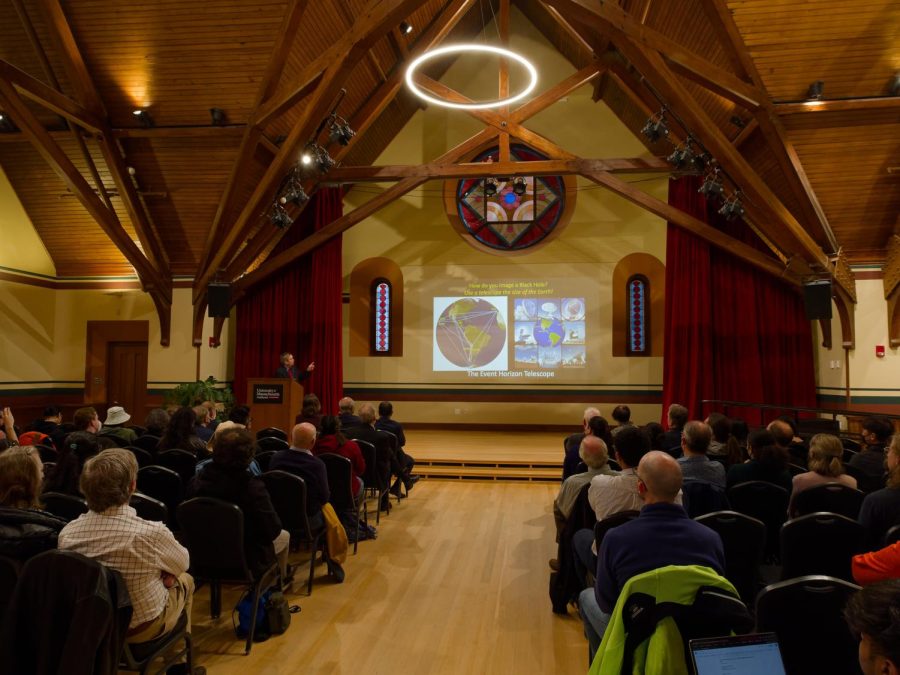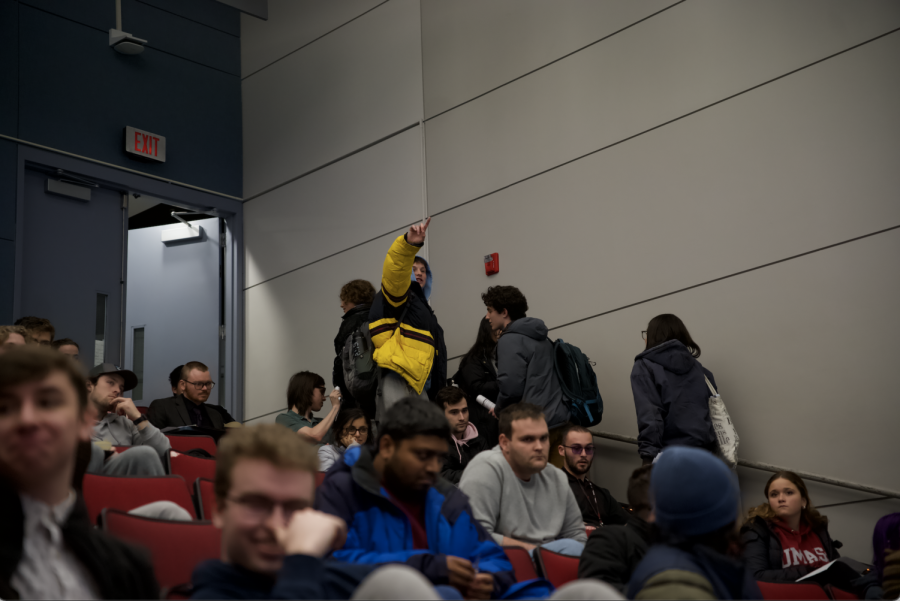Several UMass professors and graduate students have been turning to the massive online community of “Second Life” in an attempt to revolutionize the way education is delivered online, and they are not alone.
“Second Life” began in 1999 when entrepreneur Philip Rosedale founded Linden Lab with the intention of creating “a new form of shared 3D entertainment,” according to the firm’s website. Rosedale envisioned a kind of immersive social network, and unveiled Second Life in June 2003.
“Second Life” has set it self apart from other Massively Multiplayer Online Role Playing Games (MMORPGs) in that it isn’t so much a ‘game’ as a virtual playground. Users create avatars – 3D representations of themselves – and travel around the “Second Life” world interacting with other users at various locales. Unlike other MMORPGs such as “Everquest” and the popular “World of Warcraft,” all content in the “Second Life” universe is user-created.
Since then, “Second Life” has taken on, well, a life of its own. The Second Life Blog has been tracking everything from hours logged by users to economic statistics since the inception of the project, and according to recent figures, “Second Life” residents logged 124 million hours in the game, and its virtual economy topped $120 million U.S. in the first quarter of 2009. That’s right: over 100 million U.S. Dollars. According to a May 1 2006 BusinessWeek report, the L$ (Second Life Currency) is trading at around L$300 to $1 U.S., which is a better rate than many developing nations’ currency.
With interest building in the new potential uses of “Second Life” by the day, increasingly, educational institutions have been turning to the program in an attempt to bring a more immersive and interactive online learning environment to students.
The University of Massachusetts first ventured into “Second Life” in 2008, when it purchased its own island with University funds – yes, just like in the real world, institutions and individuals have to pay for their land. Since then, professors Florence Sullivan and Claire Hamilton from the Department of Teacher Education and Curriculum Studies have begun to implement “Second Life” in their classes.
Sullivan currently uses the virtual UMass created on “Second Life” in her class Instructional Design of Educational Technology, and is also “conducting research with virtual worlds looking specifically at collaborative problem solving and the effects of certain design elements on student discourse in such environments.”
It was in Sullivan’s class that Birdie Champ – a master’s student in Sullivan’s department – first worked with “Second Life” on a “collaborative chemistry simulation for middle school students that dealt primarily with the periodic table; how water molecules are formed and measurement issues of scale,” she explained.
For Champ, this project opened the door for her current master’s thesis.
“I am creating an interactive project that shows the effects of Lou Gehrig’s disease on the body,” explained Champ.
The project is still a work in progress, but Champ has been working with members of the International Society for Technology in Education to get the project done and has already hosted several virtual workshops with educators from the University of Texas, Long Island University, Florida State University and several European universities.
Hamilton echoed similar sentiments to Sullivan and Champ, arguing that programs such as “Second Life” offer a level of immersion that SPARK, UMass’ online academic dashboard, lacks. Hamilton currently employs the virtual campus in her Child Development classes to offer what she calls “virtual field trips,” where students can assume the roles of parents, children, administrators and teachers in varying educational scenarios. Hamilton also takes advantage of “Second Life’s” level of peer-to-peer interaction and schedules discussion sections for her larger classes at ‘Second UMass,’ the online community, allowing students to enjoy the benefits of smaller class sizes virtually.
“One discussion section was scheduled for 7 p.m. There was a snow day, but students were still able to meet,” explained Hamilton, much to the chagrin of cold weather climate students everywhere.
The efforts of Hamilton, Sullivan and Champ are by no means an isolated case. Harvard University currently runs a simulation called River City, which, according to its Web site, is “an interactive computer simulation for middle grades science students to learn scientific inquiry and 21st century skills,” situated in a turn-of-the-century New England town.
Indiana University’s Quest Atlantis aims to provide “a powerful new learning environment that combines academic concepts and meaningful play with disciplinary practices with the goal to create socially committed citizens.”
According to Sullivan, this is only the beginning.
Despite the possibility that some could discredit these virtual ventures as a hobby for “Second Life” shut-ins, “it’s not about ‘Second Life,’ it’s about its interactive potential,” said Champ.
Touring the Second UMass campus, one is immediately stricken by how sparse the campus appears. Aside from the campus pond, there are only two buildings. Perhaps this may foreshadow room for new grass on UMass’ first campus – and on its second, as well.
Max Calloway can be reached [email protected].







James • Apr 25, 2010 at 10:47 pm
This is a very well-written article. Kudos!